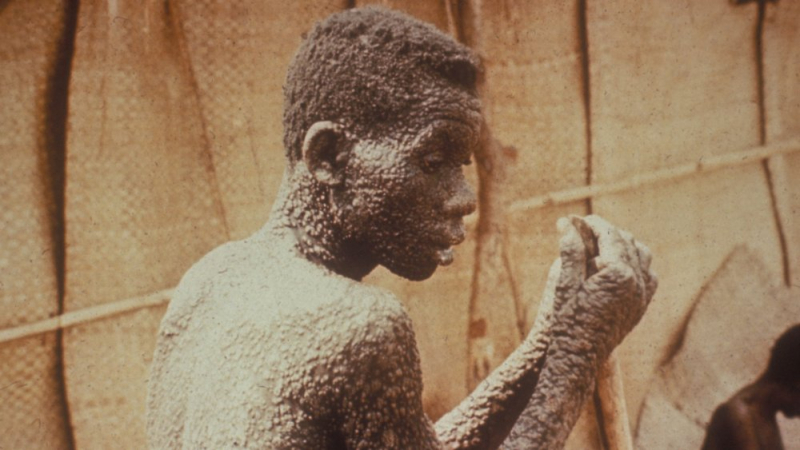Disease outbreaks were more lethal in the New World than the Black Death, especially smallpox. This is one of the reasons why the Columbian Exchange wiped off many native American tribes.
One of the interesting facts about the Columbian Exchange is the spread of diseases from the Old World to the New World. Almost all illnesses which were brought from Europe to the Americas were spread through air and contact. Smallpox, measles, diphtheria, whooping cough, chicken pox, bubonic plague, scarlet fever, and influenza were among the devastating illnesses brought from the Old World to the New. Many people died from measles, but smallpox was the most lethal. The smallpox outbreaks killed more Native Americans than any other conflict, considerably outnumbering the 200 million individuals who died in Europe during the Black Death. Venereal Syphilis was a well-known illness that was spread from the Americas to Afro-Eurasia, and it affected many renowned historical personalities.
Even though it is impossible to say how many Native Americans perished as a result of European contact, it is estimated that 80-95 percent died in the 150 years after Columbus' arrival. In the worst-affected areas, the indigenous population was wiped out completely. Though European harshness had a role, sickness was the principal cause. Many individuals developed immunity to diseases because they were endemic in Europe and Asia for millennia, but when those diseases were introduced to the Americas, the local people had no natural immunity to them and died quickly once infected with an illness.






